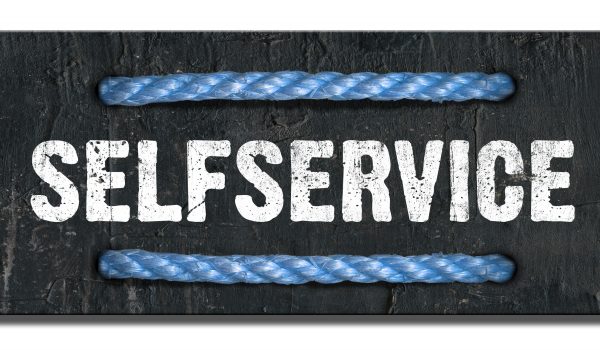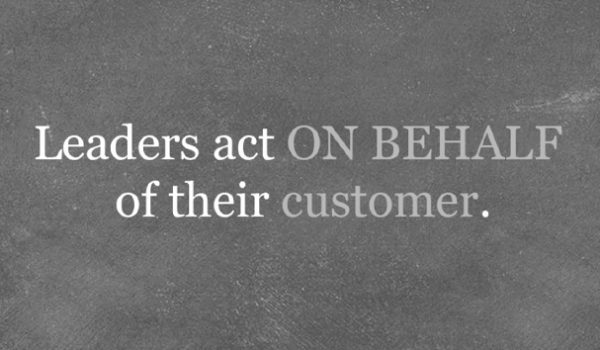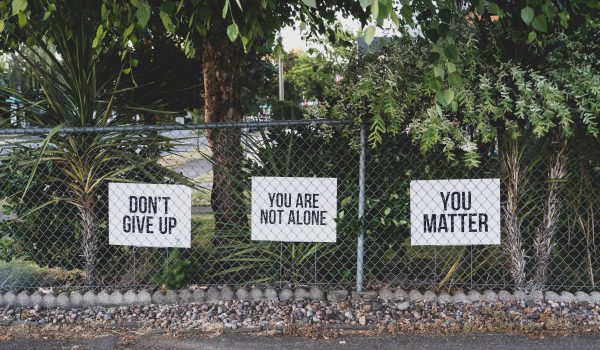
5 Tips to Create Great Customer Experience Design Strategy
A customer experience design strategy that is sustainable and successful starts by having a vision and knowing who your customer is. This launching point enables you to design customer experiences that connect with your customer and bring to life your vision. To do this, you must start at the top and involve your leadership in the vision conversation. If you do that, your leaders will support the execution of the customer experience design strategy that you will create after.
Maintaining the customer-centricity that impactful CX design also requires intimately knowing your customer. Who is s/he? What problems does s/he have? Why would s/he be engaging with your products and services? As you go through the 5 steps below you will develop a customer experience design strategy that works for your business and keeps the customer in mind through every phase of the process.
Step 1: Know Your Company’s Business Strategy
In order for your customer experience design strategy to be supported and funded, it must connect to the organizational business strategy. That implies that you must know the business strategy well enough to leverage it in your customer experience design strategy.
At first glance, this appears obvious. In practice, it is less so. Like all things, understanding the business strategy starts with looking outside your silo. It is not enough to have a working knowledge of your organization’s business strategy as it applies to your department or your immediate sphere of responsibilities. To know the business strategy enough to leverage it, and to connect it to the impactful customer experience design strategy you want to build, you need to start by connecting with colleagues across your organization.
Your first step is to get yourself in the meetings where business strategy discussions are on the agenda. Now, get serious. Analyze the business strategy objectively. Study its ins and outs so that you can base your CX design strategy on the business strategy. This goes a long way to getting the necessary approvals for your design strategy. If you are designing experiences based on the interests and commitments your organization has made, you are more likely to get funding for your design. With this alignment, you can build a roadmap of your customer experience design. This includes everything from securing budget, creating design principles, facilitating journey mapping, and selecting the right technology partners.
Connecting your customer experience design strategy to the existing business strategy is the path to securing funding to make your experience ideas a reality for your customers.
Step 2: Define your Customer Experience Design Principles
Every effective design strategy starts with clear, actionable design principles. These design principles guide the decision-making process throughout the experience design phase.
Let’s take a look at some examples. Imagine your objective is to create a simple, seamless design. This means ease for the customer is one of your design principles. that gets integrated into your design. If you have easy for the customer, as a rule, you will have to say no to some cool features or furnishings if they create clutter or complexity.
Say you aim to create a retro feeling across your experiences. In this case, your design principles dictate that you should use certain materials and avoid others. In this case, your design principles guide you to select materials that create the feeling of stability that customers associate with a retro design. Beyond the materials, the overall design of your retro space will feel safe, familiar, and nostalgic.
All your design choices must follow that directive. There is room for creativity. In fact, you need creativity and innovation for impactful CX design. But creativity without direction does not create consistent, recognizable brand experiences. The design principles, and the overall customer experience design strategy, provide the framework to ensure your design does not control you. You control your design.
Step 3: Consistency as a Strategic Imperative
Consistency is essential. So much so that consistency must be a strategic imperative for all customer experience design. Why? Because consistency across the design makes a customer feel oriented in your space. When the design principles are operating as they should (to guide a unified experience), your customer knows he/she is with you at every touchpoint.
So, what is the key to consistency? No compromises. Be relentless in your commitment to consistent, quality delivery of customer experience. Demand design decisions that fit your strategy. Even if that means spending more time, or money. Or allocating resources differently than you have for previous programs.
What is the secret to that kind of no-compromise mentality? This one may sound ironic but stay with us. You must be willing to make as many compromises as are necessary in the name of CX design strategy execution. But you cannot waiver on your goal or ignore your design principles in the name of speeding things up, or avoiding difficult conversations.
To make this possible, confirm that everyone responsible for designing, sponsoring, and executing Customer Experience Programs is aligned with your design strategy. This is not easy. Or fast. But it is worth it.
Step 4: Map the Customer Journey Applying Your Customer Experience Design Strategy
We talked about delivering consistency along the customer journey. With that in mind, let’s examine the connection between journey mapping and customer experience design strategy. A journey map is a visual tool for customer experience design. Once you have defined customer and experience design principles, you are ready to use the journey mapping tool.
Start journey mapping by identifying each persona. Account for their unique needs and challenges. Moreover, it helps you find opportunities to deliver great experiences along the way.
Next, select a particular journey. Decide what customer interactions to tackle along that journey. As an example, imagine you are mapping for the banking industry. Are you mapping the journey to open a new account? To pay a credit card bill? Or to initiate a self-service transaction like a check deposit? Once you have that, you can apply your design principles and create the journey map that creates an easy customer experience.
As you go through journey mapping, remember to document your organizational commitments. For this, let’s use a healthcare system as our example. Say your healthcare system only shares information in English. However, many patients speak Chinese. Use a service design map to identify who in your organization needs to provide translation services during a virtual visit or in key communications to patients. Solve that customer painpoint.
Step 5: Test and Measure Customer Experience Design Strategy
That brings us to our bonus tip. Always keep score! Test and measure your customer experience design strategy regularly. And stay agile enough to make necessary changes to improve customer experience regularly.
Your customers – and your business – will thrive as a result.

















































































